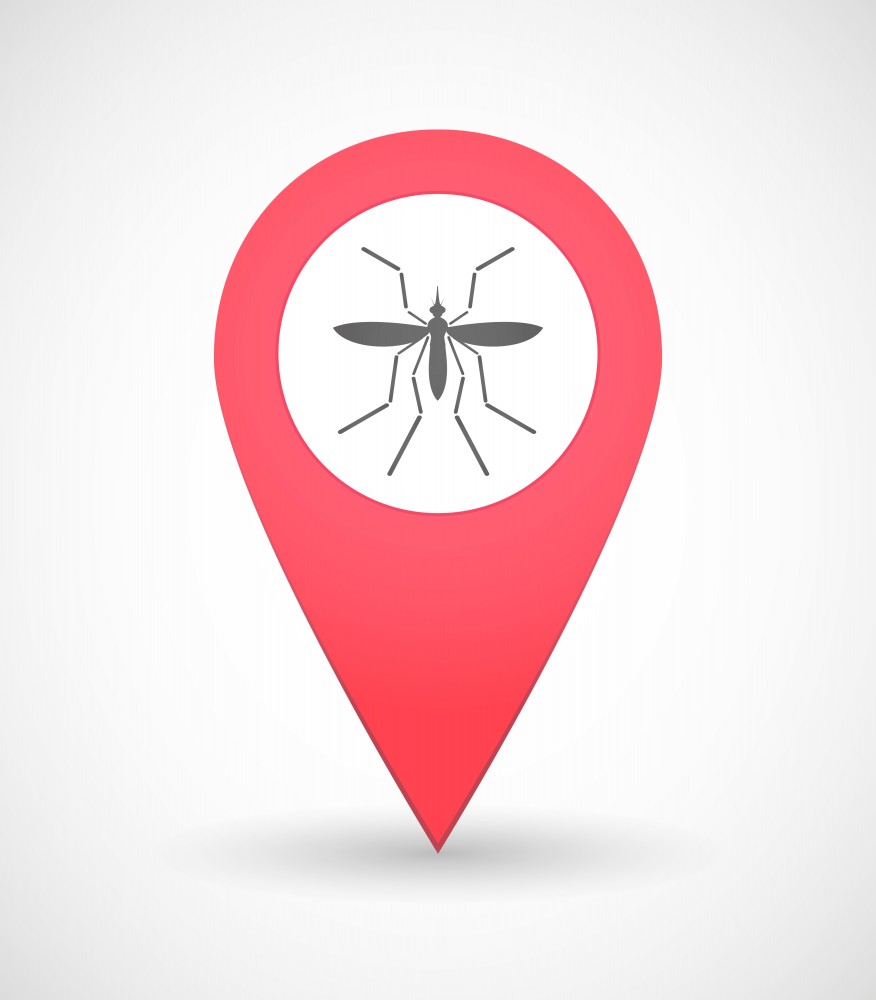
Researchers at the St. Louis University College for Public Health and Social Justice recently published an article pinpointing where Zika virus is most likely to be transmitted in the continental United States.
Their study revealed the most likely point of transmission to be along the Mississippi Delta. The research team, however, also found transmission was likely in southern states, extending northward along the Atlantic coast as well as in southern California.
“The purpose of this study was not to create unwarranted alarm, but rather to enhance Zika prevention methods such as mosquito control, effective prevention message dissemination, and treatment and care preparation, in advance of a Zika epidemic in the contiguous U.S.,” Enbal Shacham, lead author of the study and associate professor of behavioral sciences and health education at St. Louis University, said.
The researchers examined 3,108 counties in the United States and determined 507 of them to be high-risk areas for Zika transmission based on the presence of Aedes aegypti mosquitoes, high rates of sexually-transmitted infections, number of women of childbearing age, and estimated birth rates in each county.
“Our results also show that complications from the Zika virus are likely to overlap with impoverished counties with large minority populations where resources are more likely to be scarce to combat a large-scale Zika virus outbreak,” Shacham said.
To combat a potential outbreak Shacham suggested the United States develop timely strategies to communicate risk, control mosquito populations, and prevent disease transmission.
The study was published online and in print in the March 21 issue of the American Journal of Public Health.




